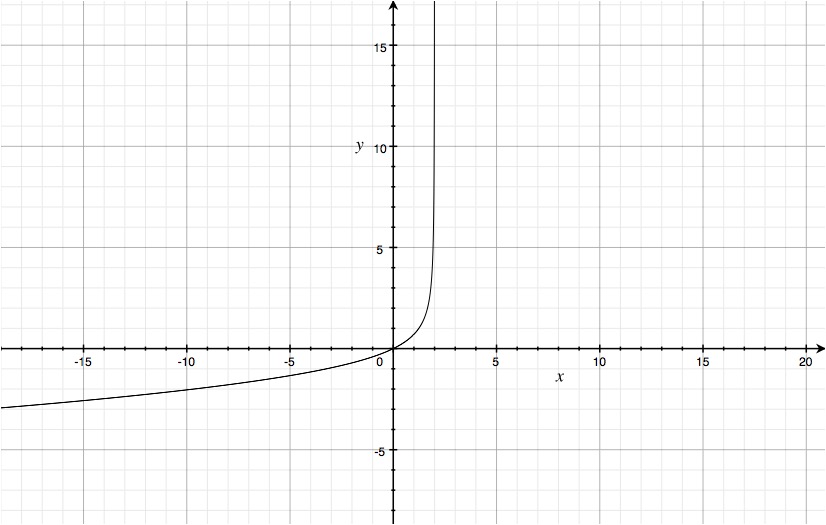How do you find the domain and range of #f(x) = (2x)/(sqrt(16-8x))#?
1 Answer
Domain:
The domain will be determined by saying that the radical has to be larger than
Consider the function
The domain would be
Now consider the function
Recall that a square root is undefined in the real number system if the number inside the square (the radicand) is less than 0 (
Back to our function at hand:
Hence, the domain is
The graph of the function, shown in the following image, justifies our answer.

Range:
From as far as I can tell, the range is all the real numbers. I looked at the graph to huge numbers (ex.
Thus, the range is
In summary:
For the function
•The domain is
•The range is
Practice Exercises:
Determine the domain and range of the function
Hopefully this helps, and good luck!

